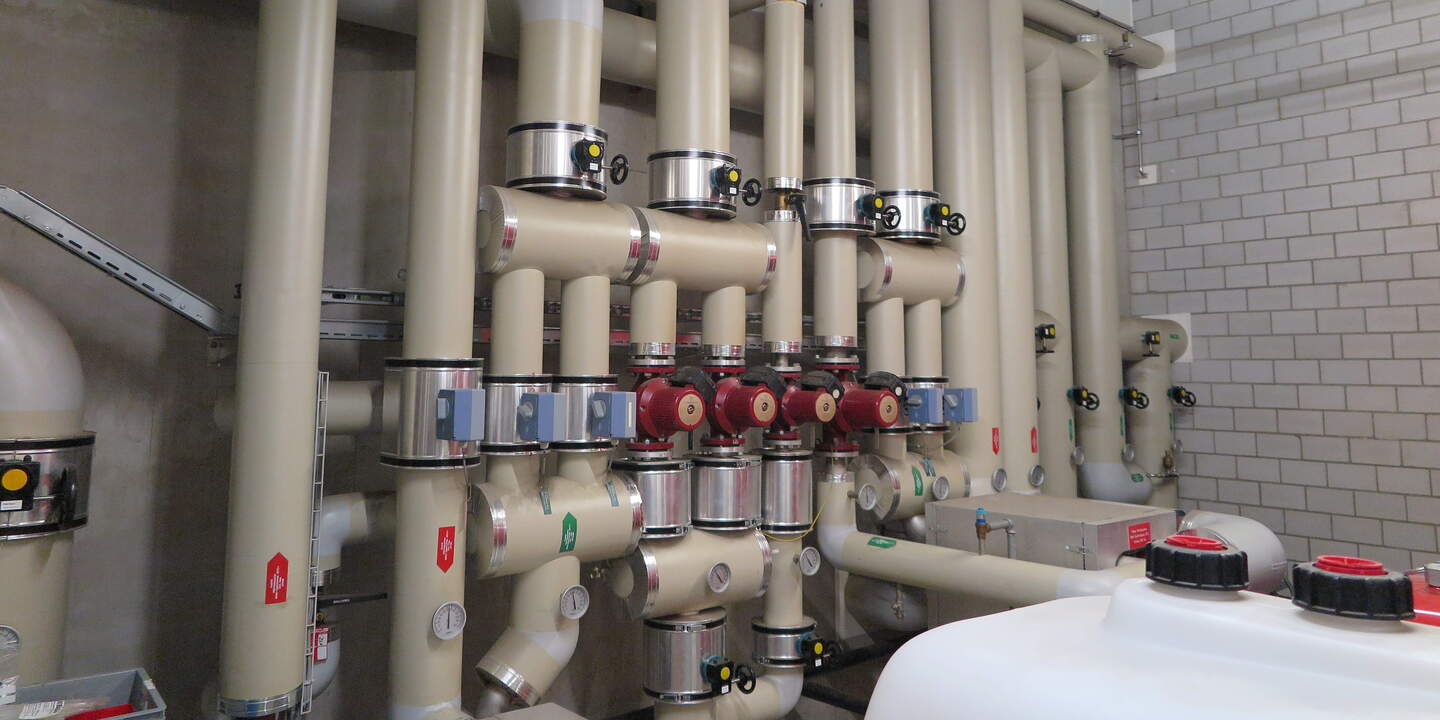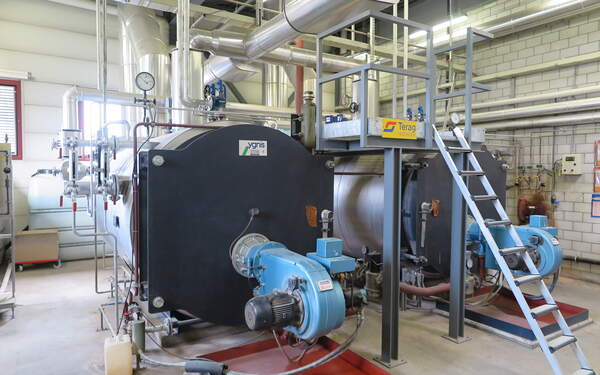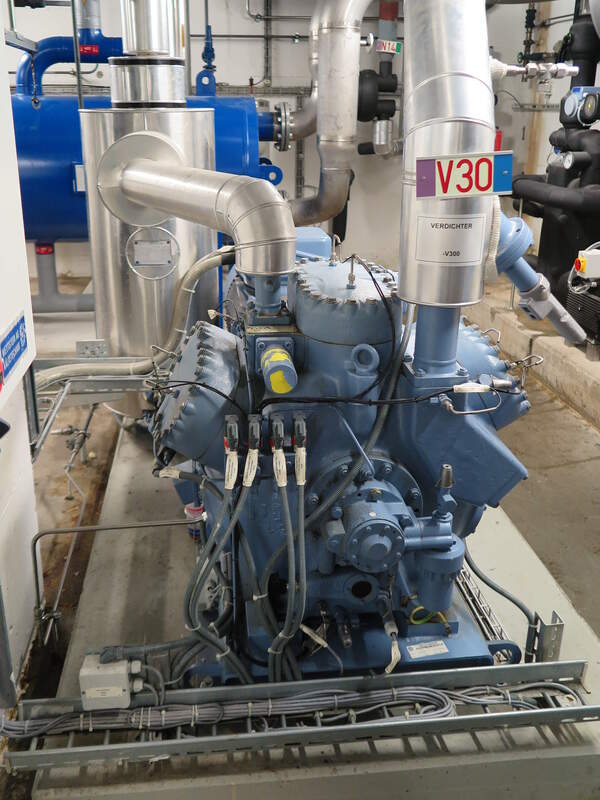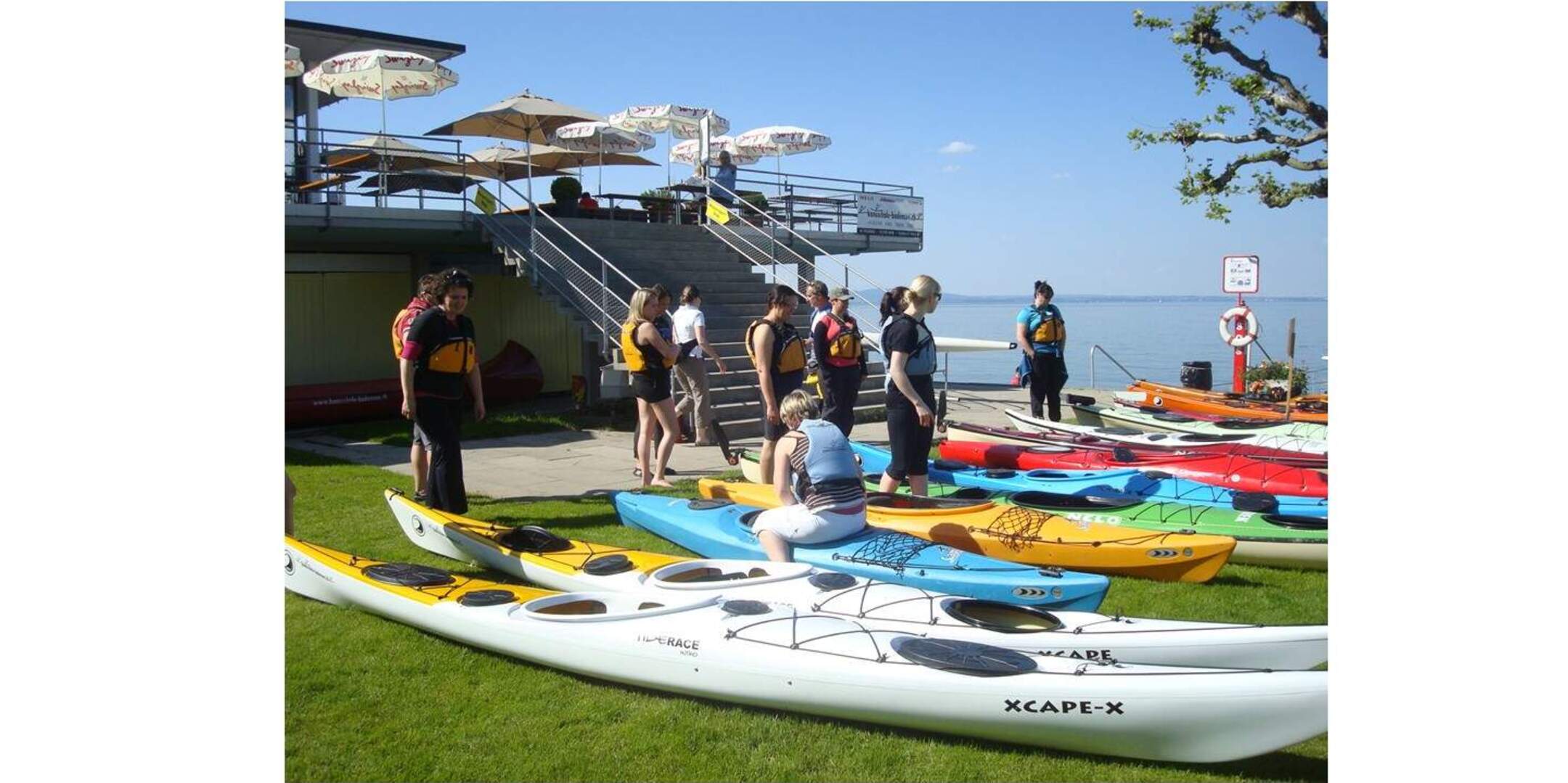Meaningful exploitation of waste heat
Energy consumption and CO2 emissions can be substantially reduced at the Bell sites in Oensingen and Zell. This is confirmed by what is known as "pinch analyses". The results of these analyses can be used to implement measures to enhance sustainability.
Where cold is generated, heat is automatically produced. A basic principle known to everyone who owns a fridge. In private households, very little of this heat is produced. Big cooling systems, on the other hand, generate a considerable amount of heat that can be meaningfully used elsewhere. For example, to heat up water for cleaning or to support the heating system. But first we need to know where and at what temperatures the heat is generated. A pinch analysis can help with this. As a systematic approach to improving energy consumption, it provides data about heat output and temperatures and uses the results to calculate the options for optimisation. This method was used to measure the heat output in Oensingen from May 2015 to July 2016, while the same tests were run in Zell until the end of 2016.
"Previously, we've seen from various studies that there's potential for improvement and savings at both manufacturing plants. With the pinch analyses, it is now possible to precisely identify the respective areas and implement the required measures," explains Roger Peier, project manager for Sustainability, Energy & the Environment at Bell. "The economic aspect isn't the only thing that's important to us. We can also improve the footprint of the plants in respect of environmental protection and resource efficiency – fully in keeping with the sustainability strategy of the Bell Food Group."



